Description
Alocasia Black Velvet Plant (Alocasia Reginula)
The Alocasia Black Velvet, also known as Alocasia reginula or Alocasia ‘Black Velvet,’ is a stunning and unique plant admired for its dark, velvety leaves and striking appearance. Here’s a detailed guide to caring for this eye-catching plant:
Key Features
- Leaves: The Alocasia Black Velvet has deep, dark green to almost black leaves with a velvety texture and prominent, silvery-white veins that add contrast and visual interest.
- Growth Habit: It grows in a compact, clumping manner, making it suitable for smaller spaces. The leaves can reach up to 6-8 inches in length.
- Size: It typically grows to about 12-18 inches in height and width, making it a manageable size for indoor environments.
Care Tips for Alocasia Black Velvet Plant
- Light: Prefers bright, indirect light. Too much direct sunlight can scorch the leaves, while too little light can cause the plant to become leggy and lose its vibrant color. It can tolerate lower light conditions but will not thrive as well.
- Water: Keep the soil consistently moist but not waterlogged. Allow the top inch of soil to dry out before watering again. Be cautious of overwatering, as Alocasia plants are sensitive to root rot.
- Soil: Use a well-draining potting mix. A mix designed for tropical plants or a combination of peat, perlite, and orchid bark works well to provide adequate drainage and aeration.
- Temperature: Thrives in temperatures between 65-80°F (18-27°C). Avoid exposing the plant to temperatures below 60°F (15°C) and keep it away from cold drafts and sudden temperature changes.
- Humidity: Enjoys high humidity levels. If your home is dry, consider using a humidifier, placing the plant on a humidity tray, or regularly misting the leaves to maintain the required humidity.
- Fertilizer: Feed with a balanced, water-soluble fertilizer every 4-6 weeks during the growing season (spring and summer). Reduce or discontinue feeding in the fall and winter when the plant’s growth slows.
Common Issues
- Leaf Yellowing: Yellowing leaves can be a sign of overwatering or poor drainage. Ensure the plant is not sitting in water and that the pot has proper drainage.
- Leaf Drop: If the plant is dropping leaves, it might be experiencing stress from improper watering, temperature extremes, or low humidity. Adjust care practices as needed.
- Brown Tips: Brown leaf tips can indicate low humidity or inconsistent watering. Increase humidity and maintain a consistent watering routine to prevent this issue.
Propagation
Alocasia Black Velvet is usually propagated through division. When repotting, carefully separate the plant into smaller sections, ensuring each section has roots and a portion of the rhizome, and then replant them into separate pots.
The Alocasia Black Velvet is a dramatic and beautiful plant that requires attention to its specific care needs but rewards with its unique appearance and elegance. With the right conditions, it can be a standout addition to any indoor plant collection.


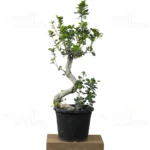
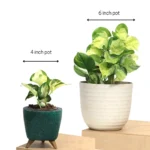

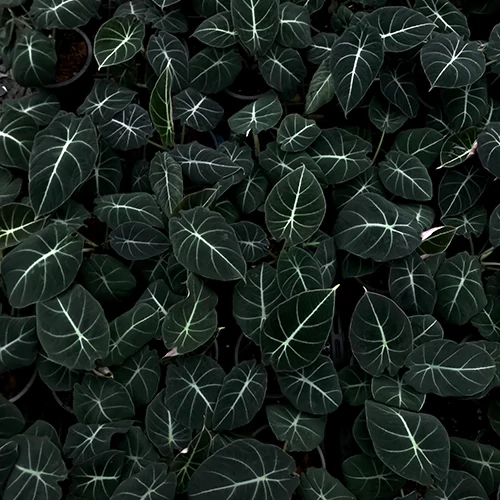
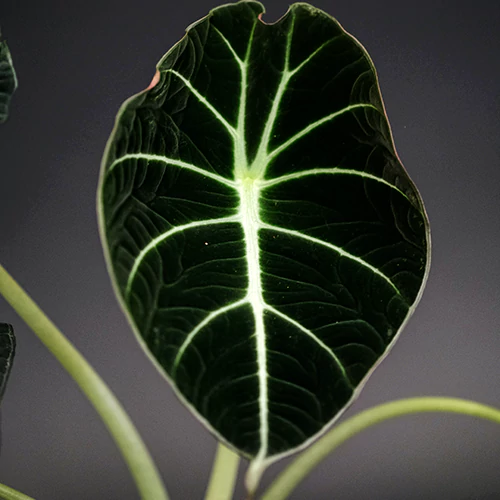
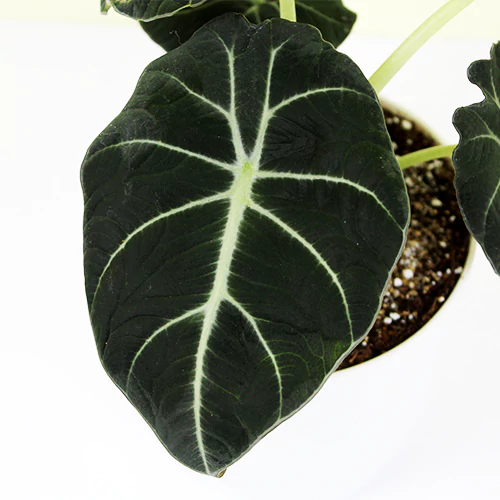
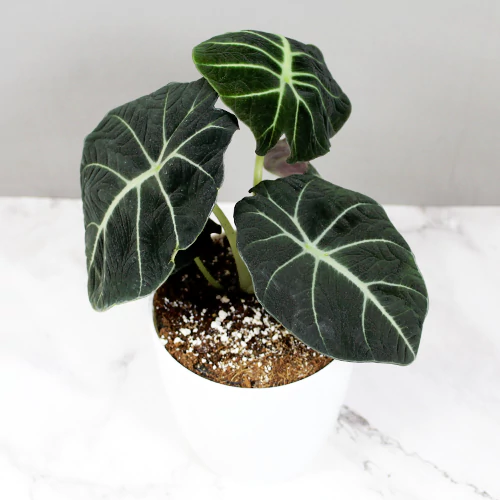
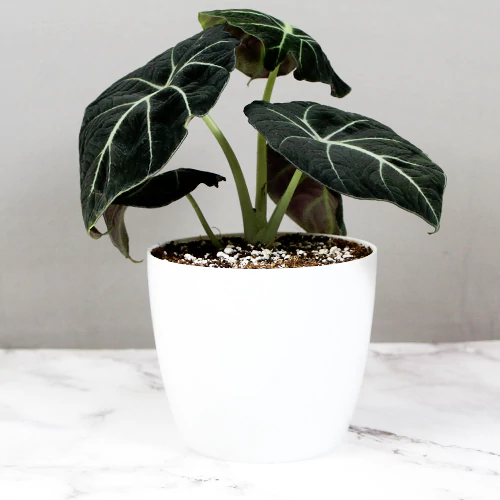






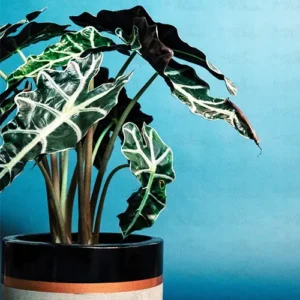

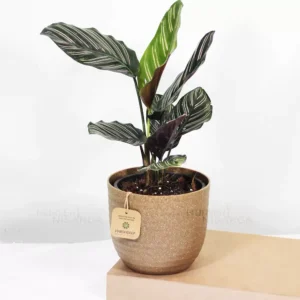
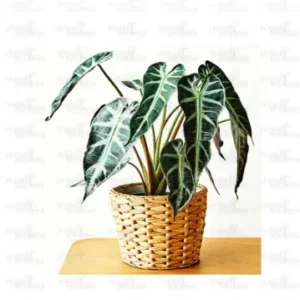
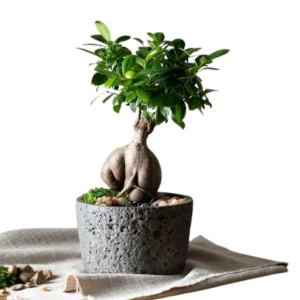
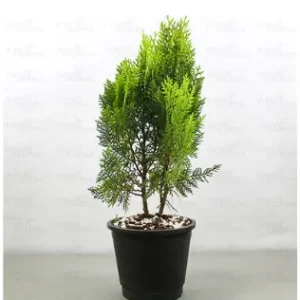
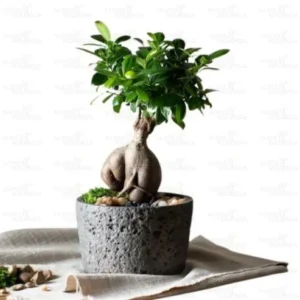
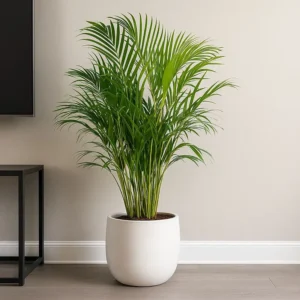
Reviews
There are no reviews yet.